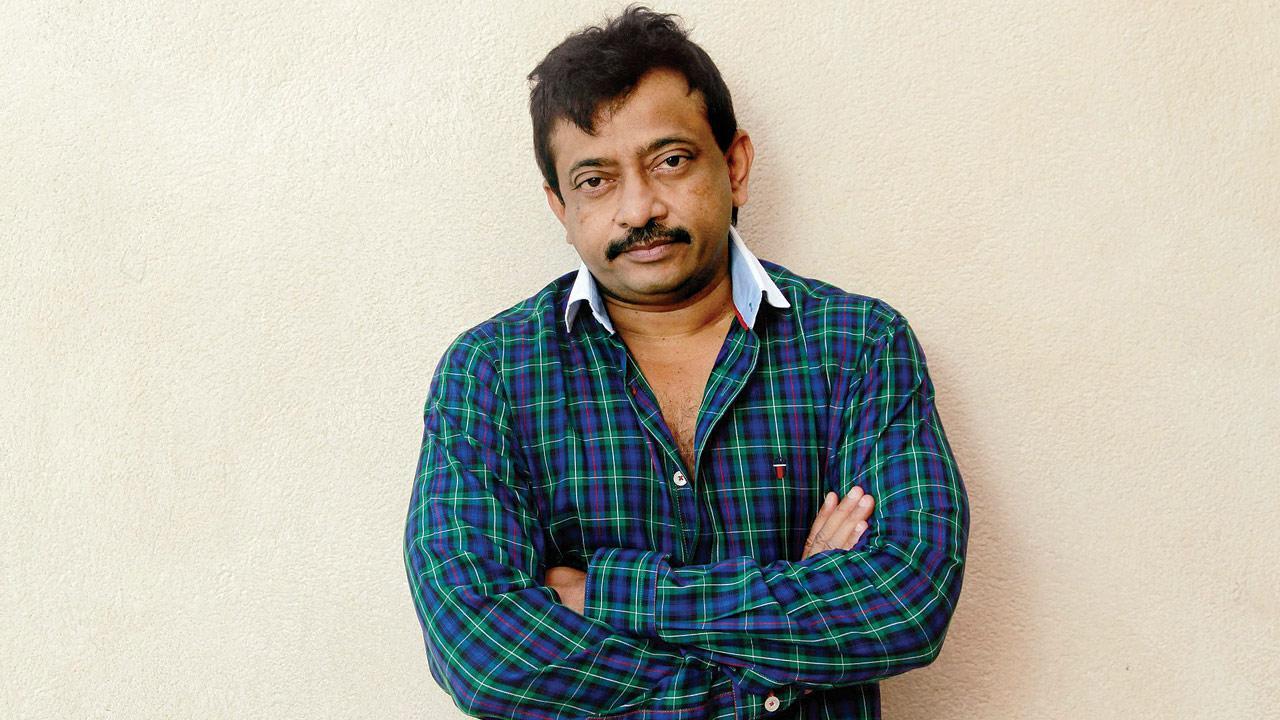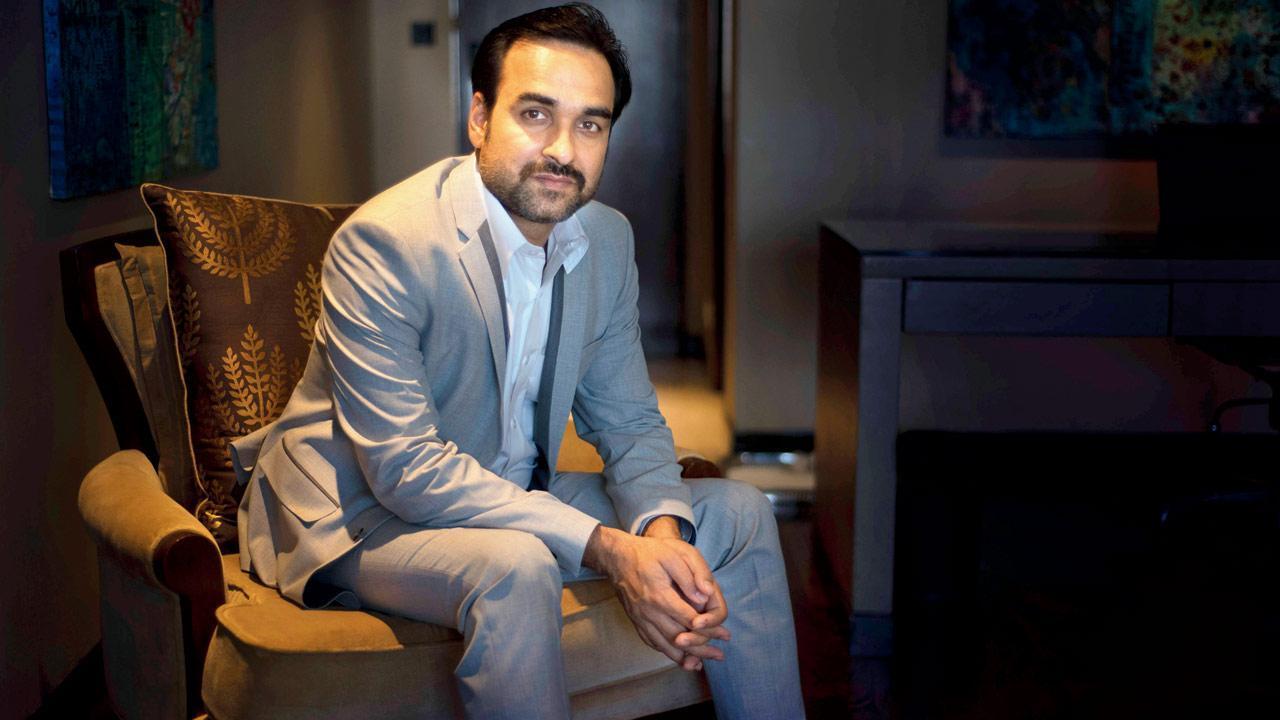
The cricketing landscape witnessed a slight detour as Afghanistan and Ireland set foot on the freshly-minted Tolerance Oval in Abu Dhabi, marking the 122nd international ground to host the classic red-ball format. The sole Test match of the series, which began on February 28, was originally scheduled to unfold at the venerable Sheikh Zayed Stadium. This last-minute change was not merely a trivial alteration of coordinates; it was due to the Sheikh Zayed Stadium’s obligation to accommodate the Abu Dhabi Schools Sports Championship slated to run from March 1 to March 3.
Not long after the abrupt relocation, a press statement was issued to formally acknowledge the switch, which may have potentially thrown a spanner in the works for Ireland’s strategic blueprint. Ahead of the series, the Irish had chosen their squad under the impression that the Abu Dhabi stadium would present a less spin-friendly surface. Conversely, they were now faced with the enigma of Tolerance Oval’s pitch – an untouched canvas in the context of Test cricket.
These changing dynamics certainly didn’t dampen the spirit of the Afghan team. Their selection made headlines as they opted for just a solitary specialist spinner, Zahir Khan. This decision demonstrated a considerable gamble, considering the pervasive preference for spin in the subcontinental arena. Yet, Afghanistan seemed prepared to balance their bowling attack with all-rounders Nasir Jamal and Rahmat Shah, who were expected to lend their part-time spin bowling to the fray.
Ireland, on the opposite end, bet on a dual-spin assault with Andy McBrine and Theo van Woerkom suiting up as the team’s specialist spinners, holding onto hope that the pitch would deteriorate quickly enough to justify their selection. With anticipation hanging in the air, all eyes remained peeled for the pitch’s response, particularly during the latter innings, and whether the surface would indeed play into the visiting spinners’ hands.
The Afghanistan squad lined up as follows for the historic clash: Rahmanullah Gurbaz (wk), Ibrahim Zadran, Hashmatullah Shahidi (c), Rahmat Shah, Noor Ali Zadran, Nasir Jamal, Karim Janat, Zia-ur-Rehman, Nijat Masood, Naveed Zadran, and Zahir Khan. Meanwhile, Ireland banked on a combination of experience and emerging talent, with their Playing XI featuring Paul Stirling, Harry Tector, Lorcan Tucker (wk), Andrew Balbirnie (c), Peter Moor, Curtis Campher, Andy McBrine, Mark Adair, Barry McCarthy, Craig Young, and Theo van Woerkom.
As always, the cricketing world closely monitored developments from other corners of the globe. Notably, New Zealand’s Kane Williamson received heartwarming news of the birth of his baby girl right before the Test series opener against Australia. Bangladesh, too, made headlines as they prepared for an upcoming series with Sri Lanka by appointing new batting and bowling coaches.
Refocusing on the UAE, the Afghan—Irish encounter demonstrated the unpredictability that Test cricket often brings – a quality that aficionados of the longest format cherish deeply. Whether the pitch would offer a haven for spinners or if the Irish gamble would pay off, the only certainty was the timeless allure that is Test cricket, consistently offering fresh narratives and compelling theatre.
The unexpected venue change also served as a testament to cricket’s adaptability and the UAE’s evolving cricket infrastructure. As the Tolerance Oval etched its name into the annals of Test venues, it underscored cricket’s global expansion and its ability to embrace new horizons. While the thrust of competition between Afghanistan and Ireland continued vigorously on the field, off the field, the sport continued to navigate through necessary shifts, accommodating the diverse tapestry of events that make the UAE a bustling sports hub.










